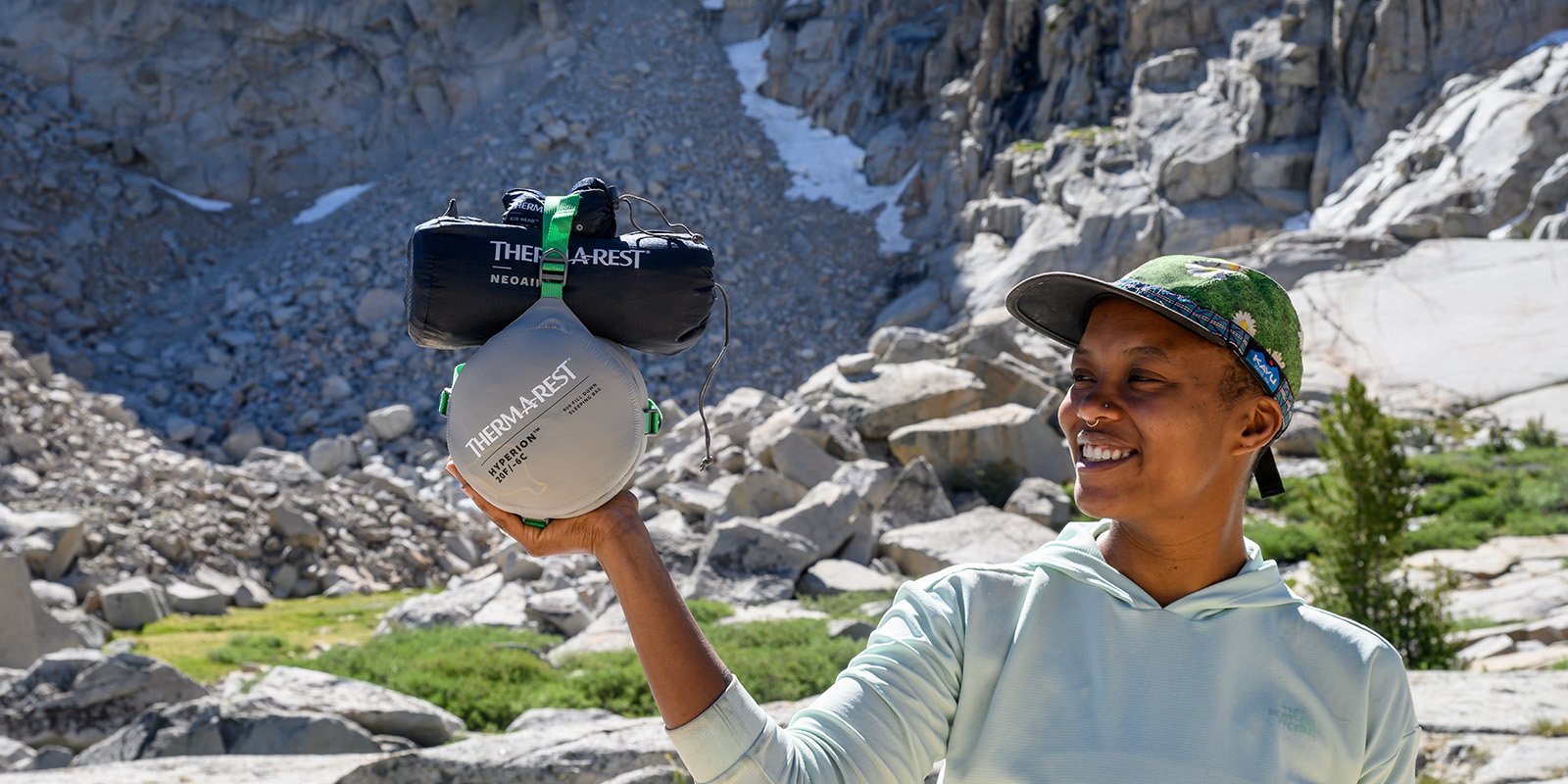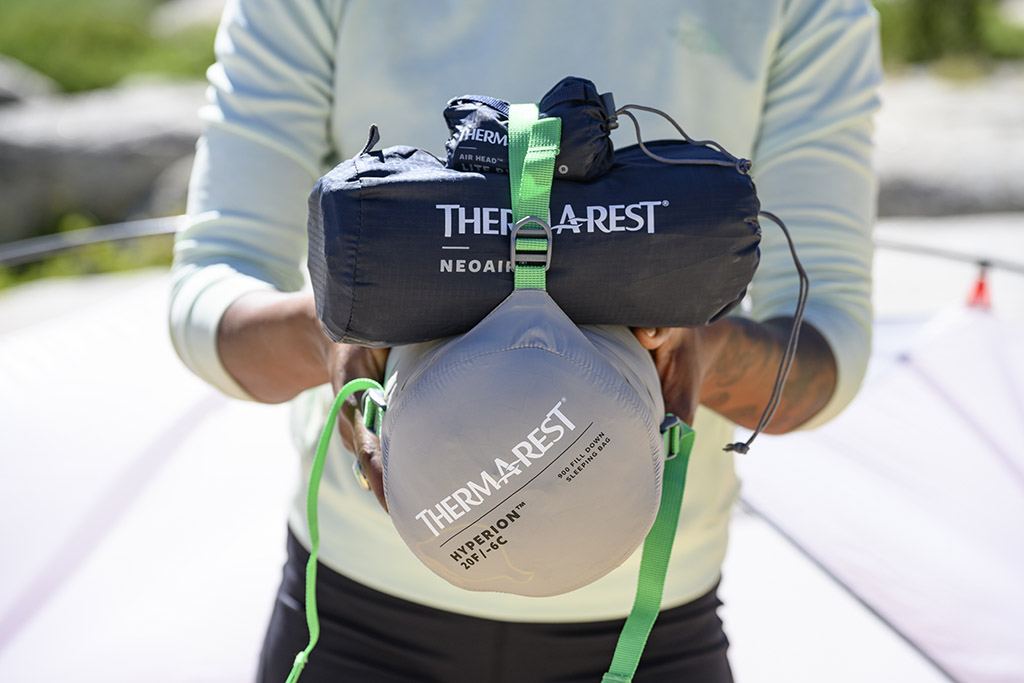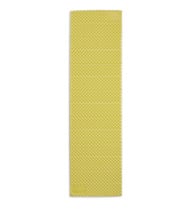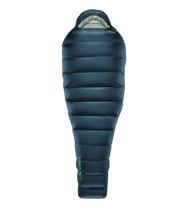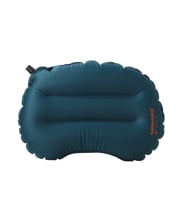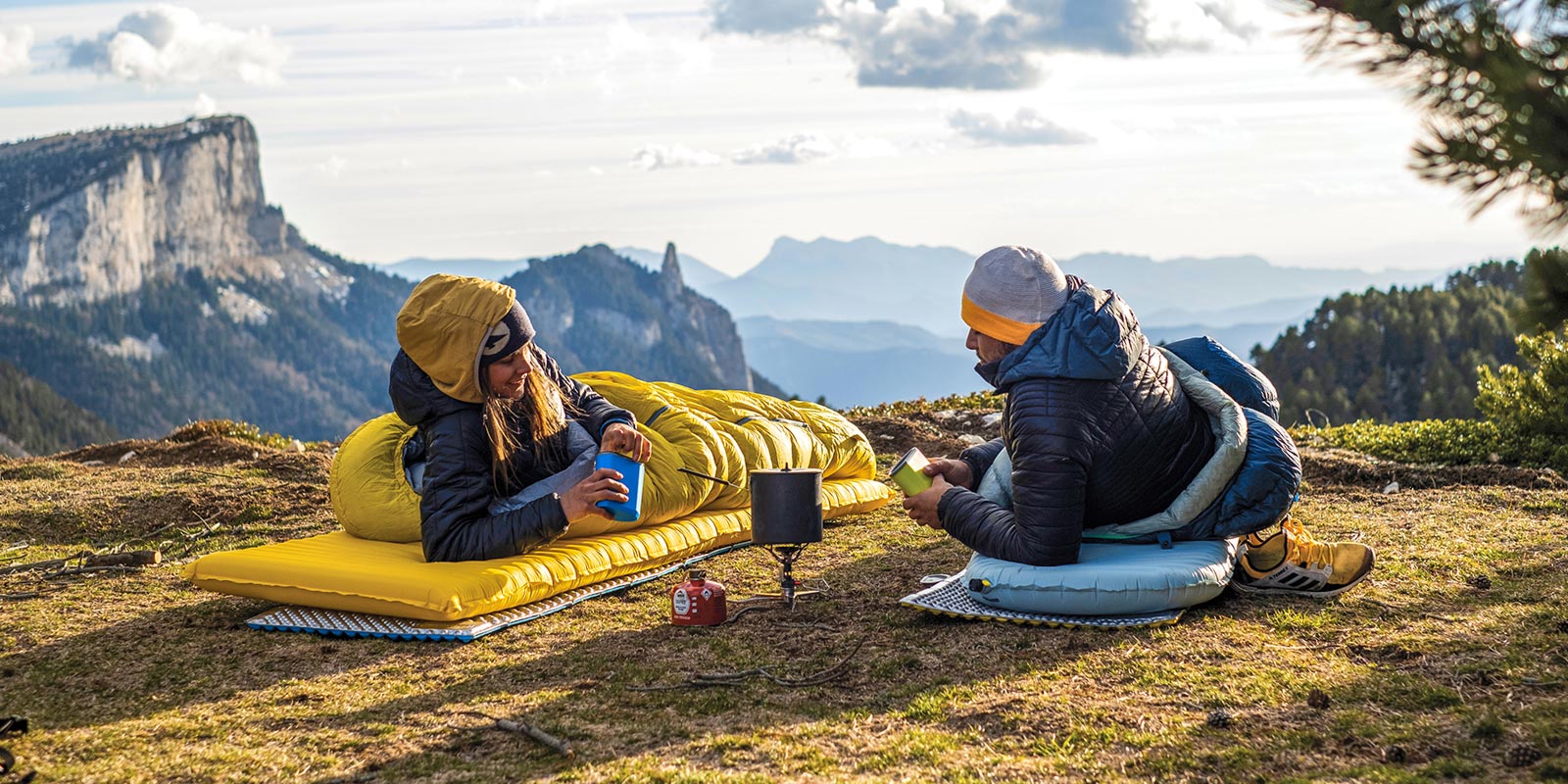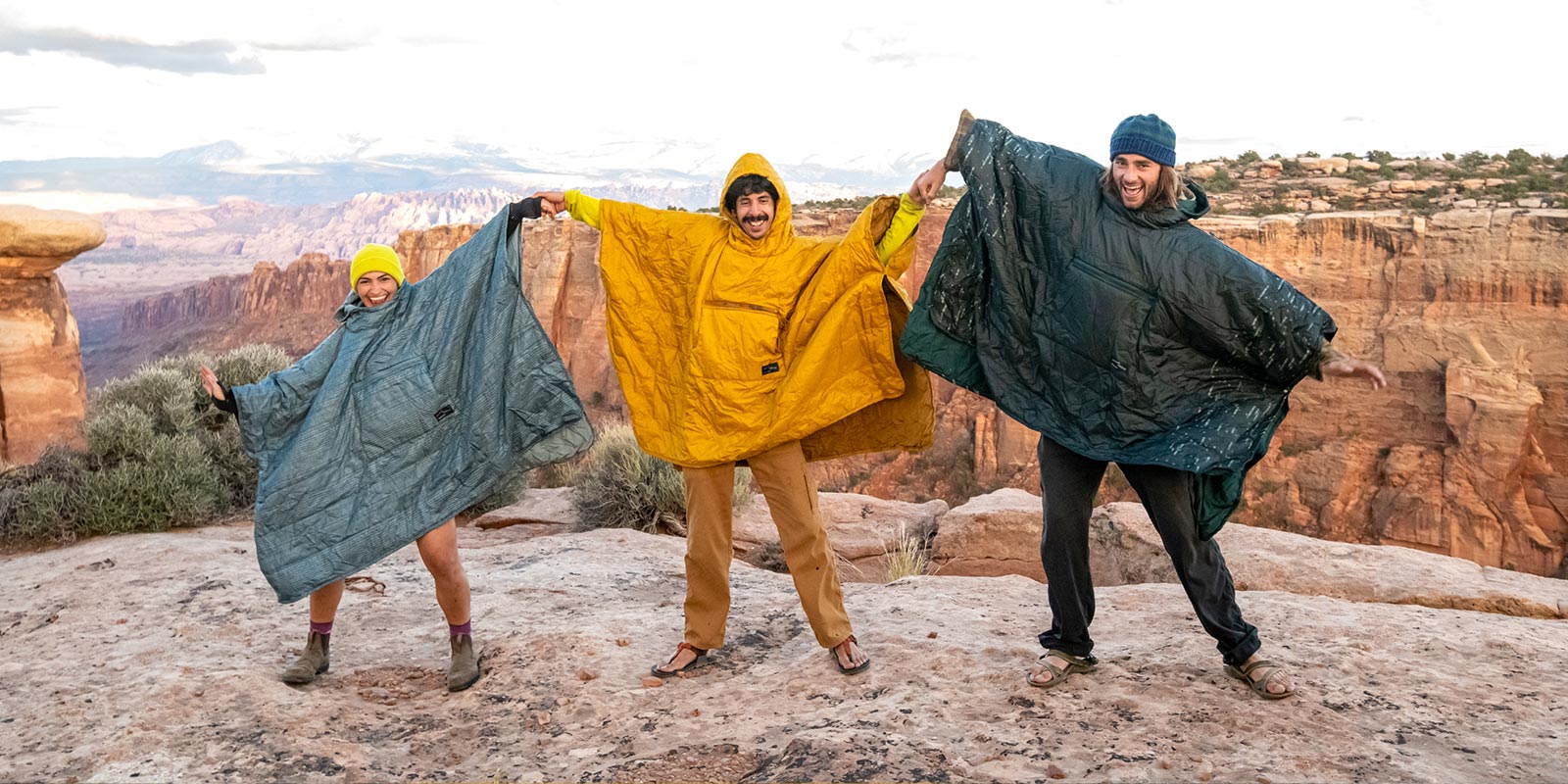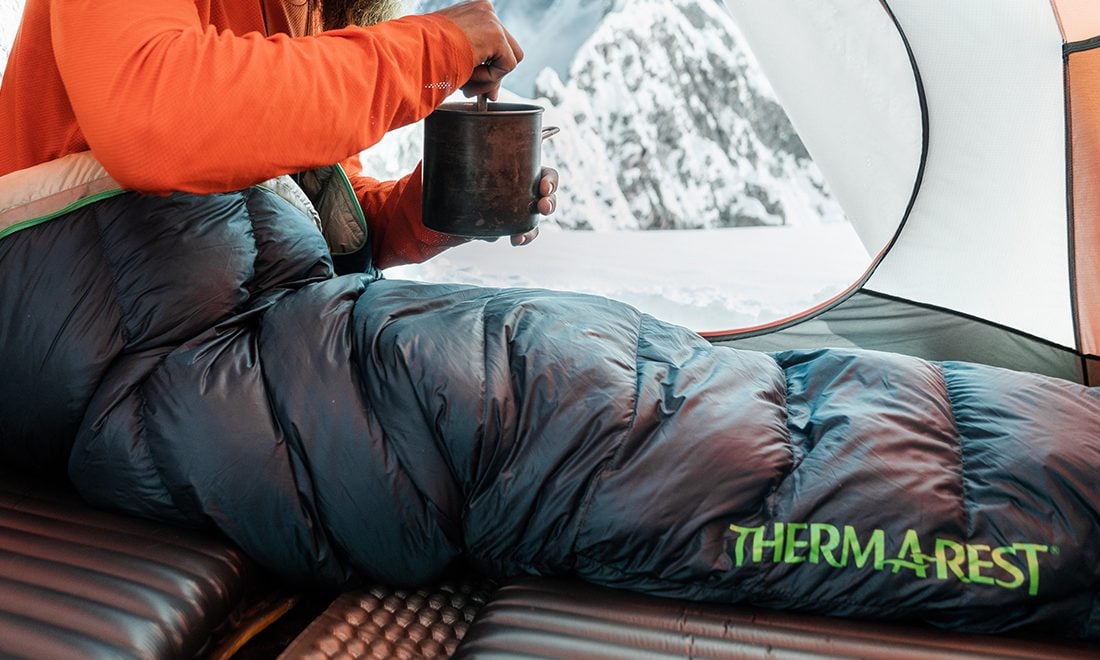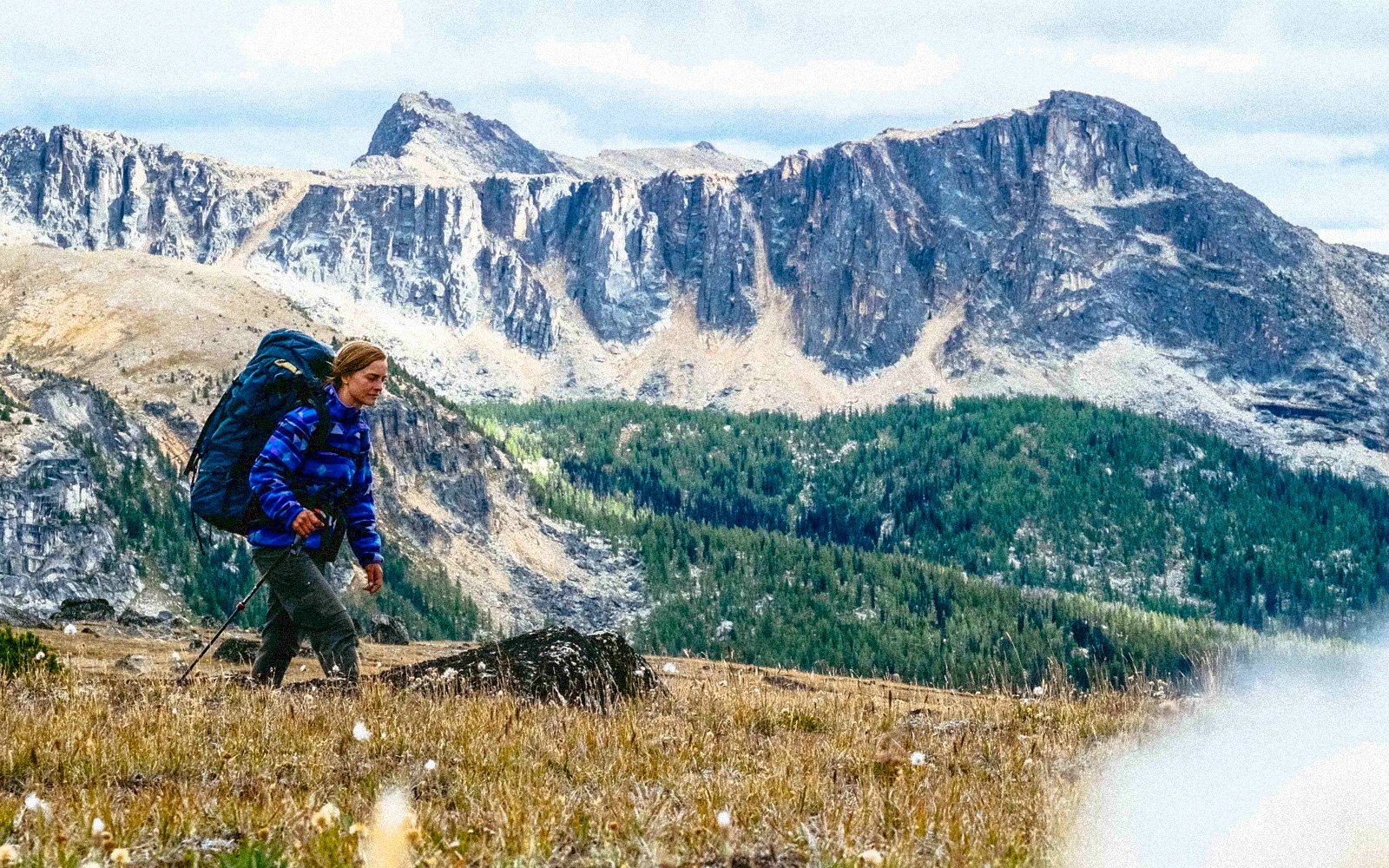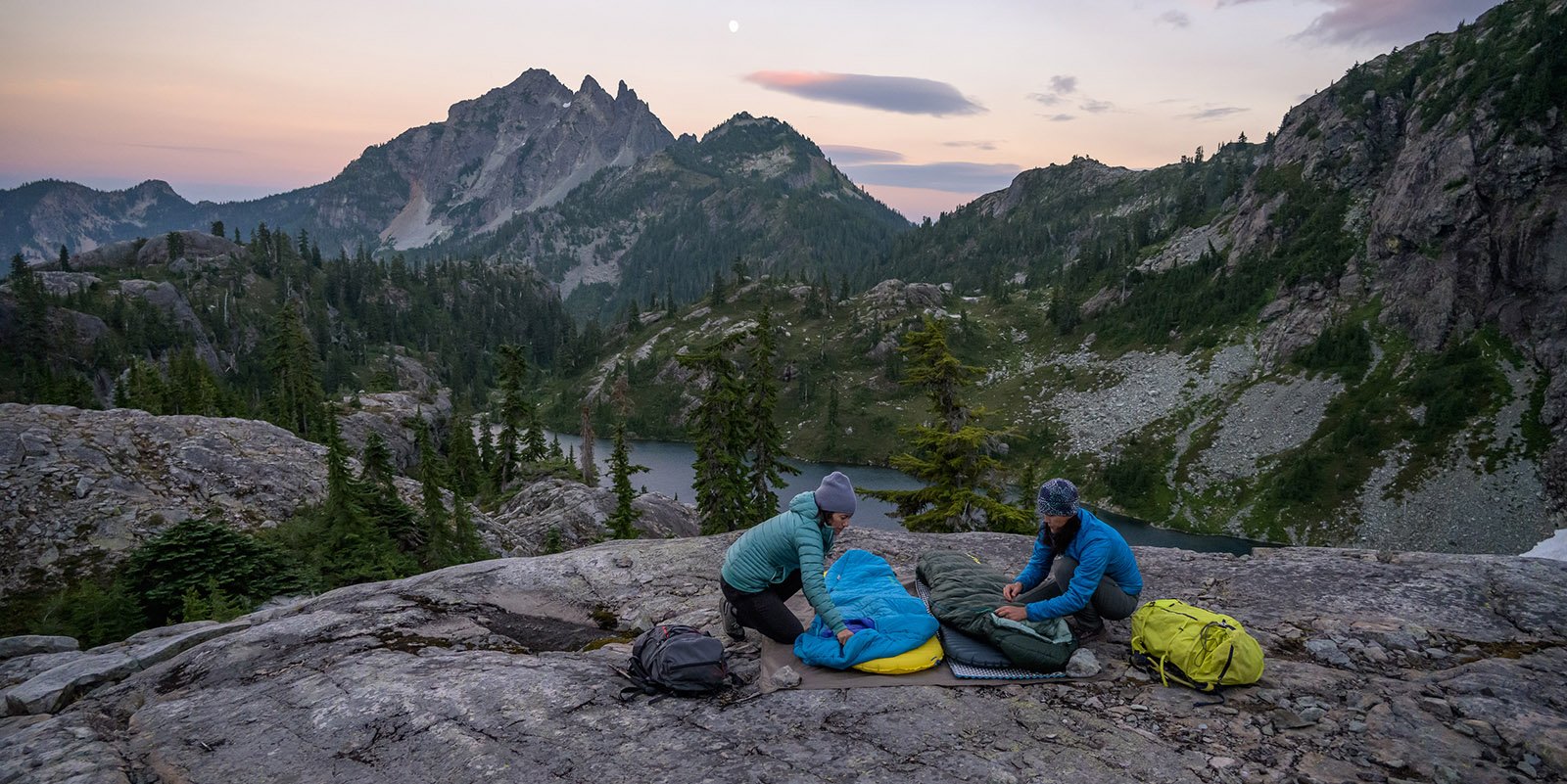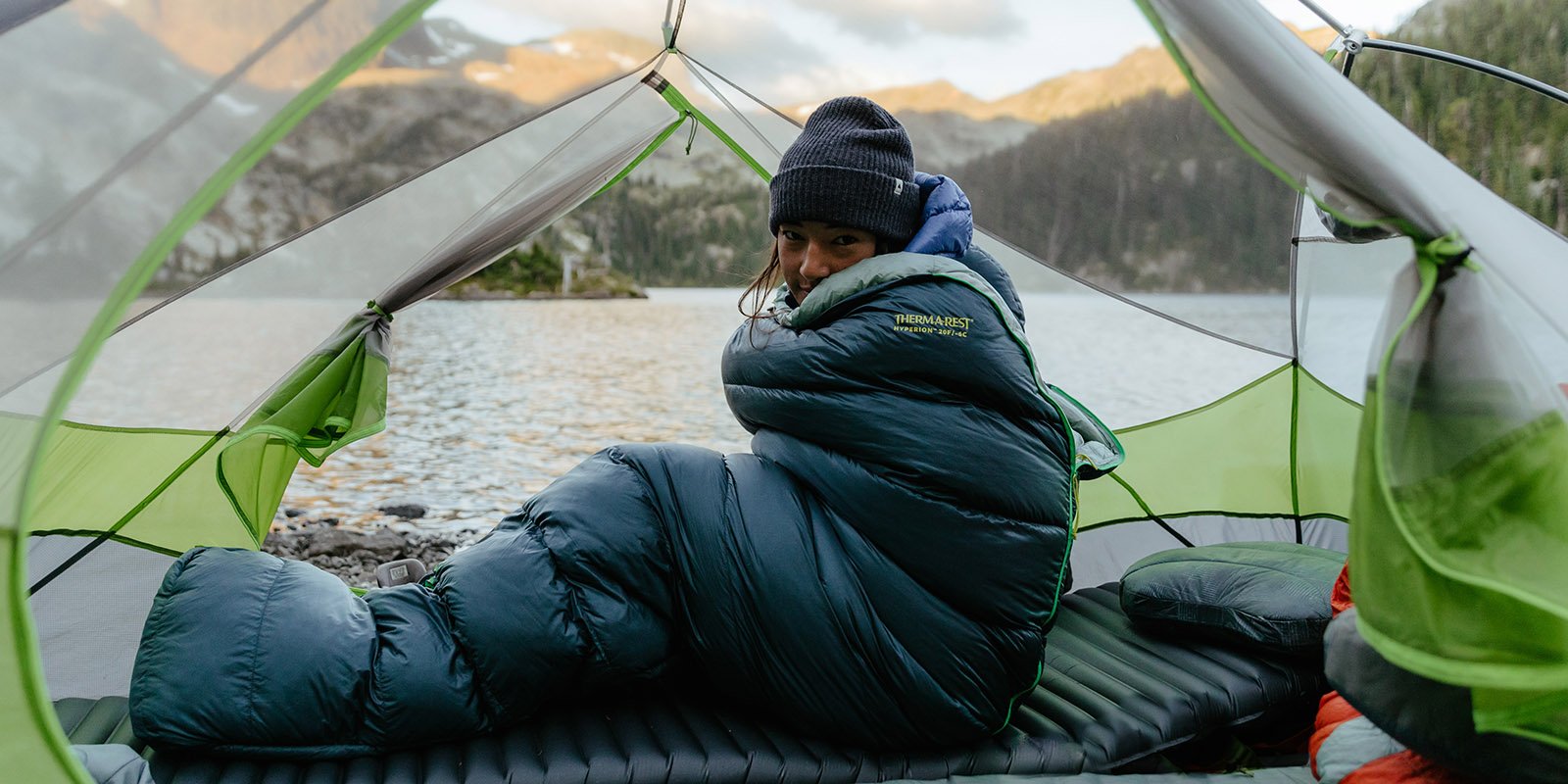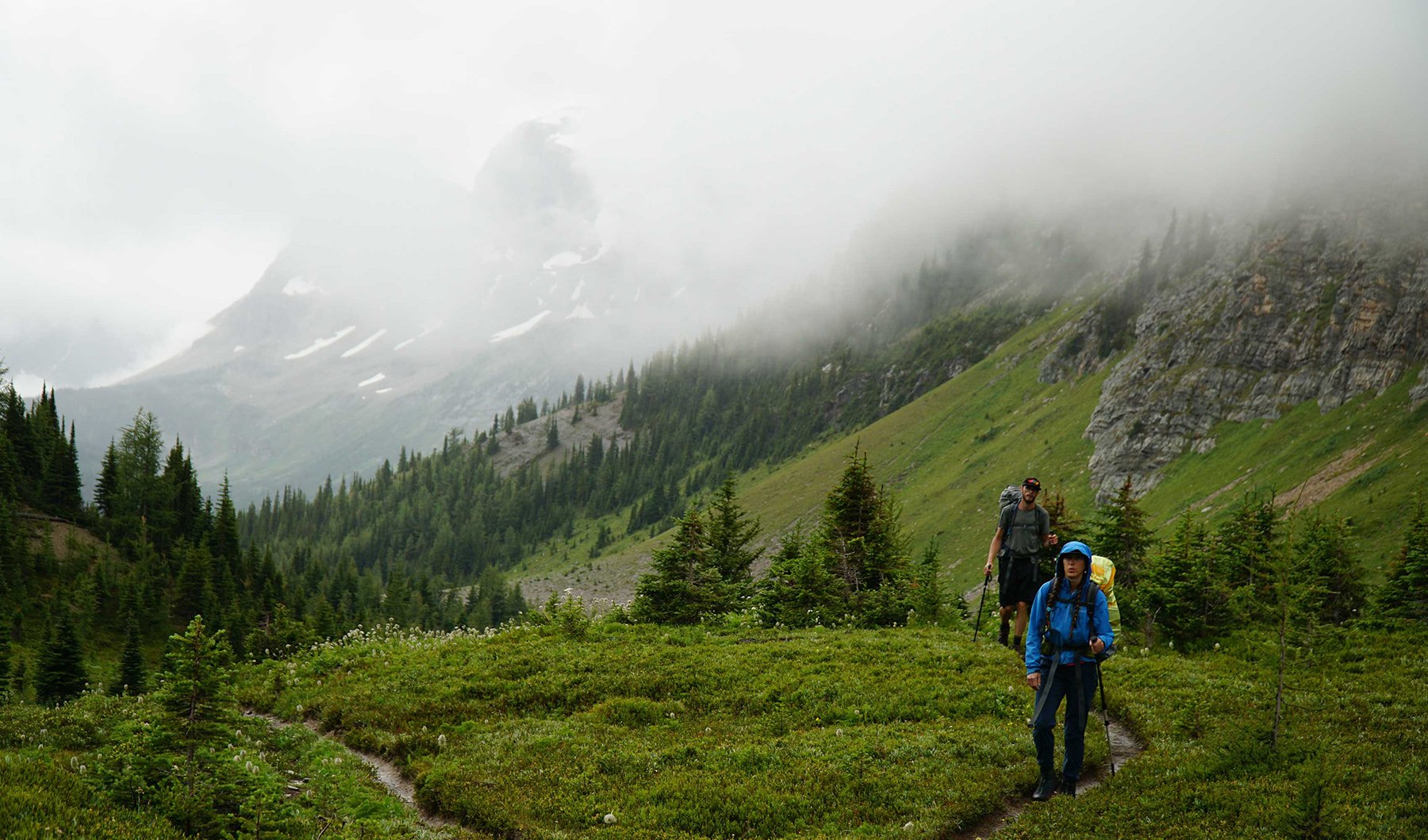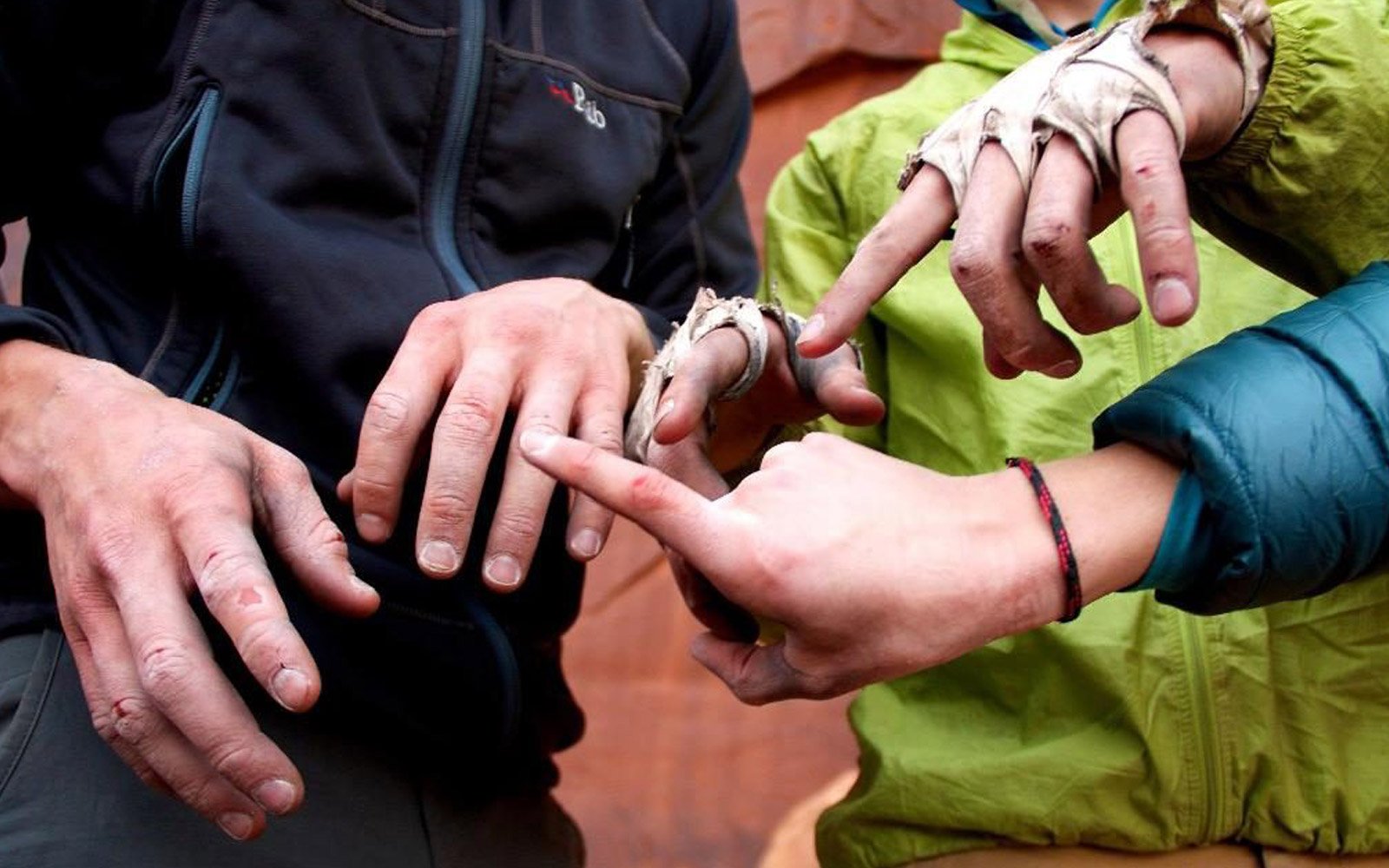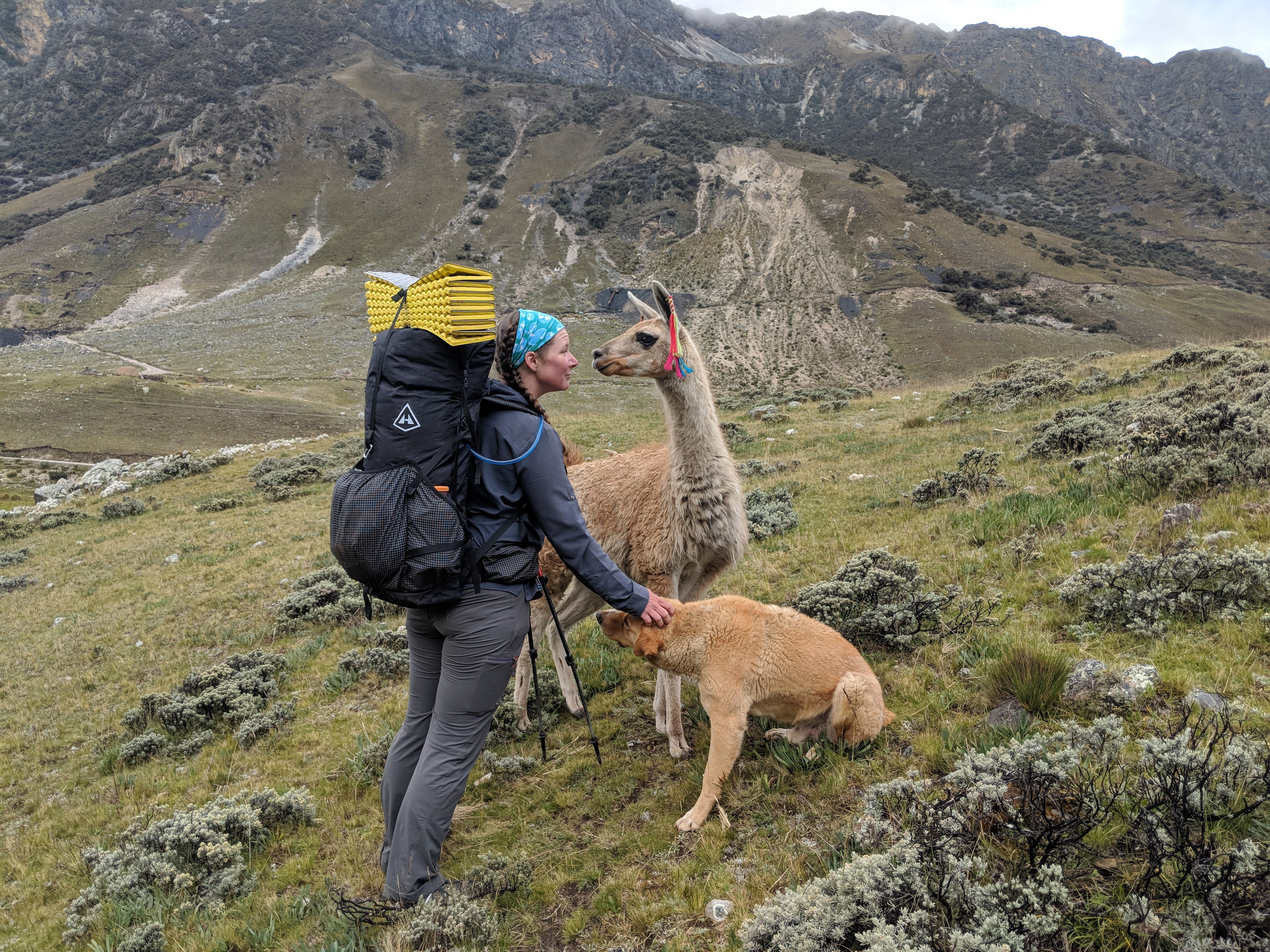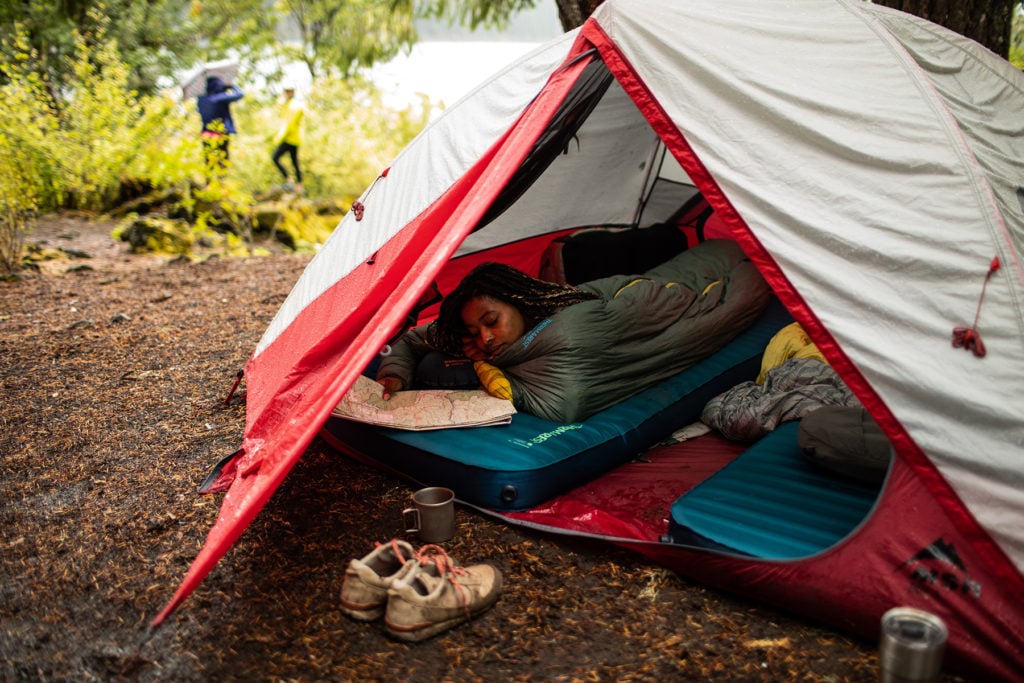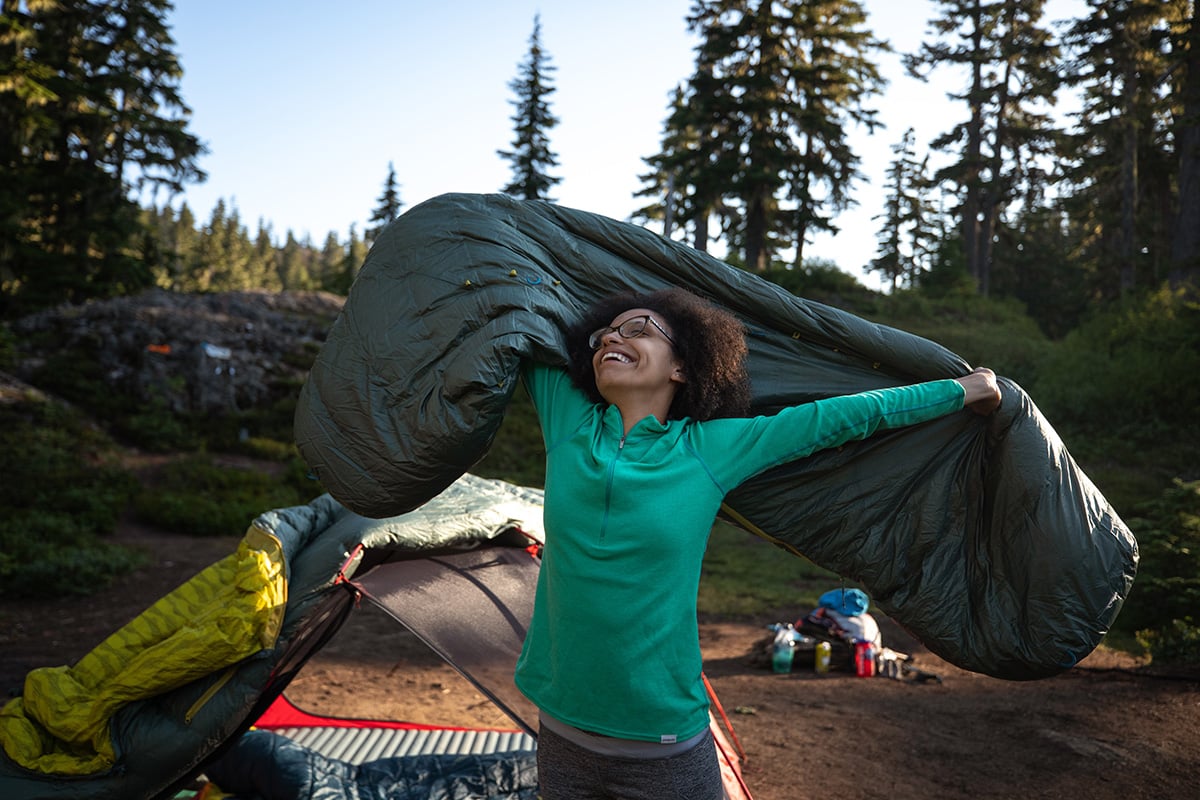Sasquatch’s words filled the shelter one night: “I’m going to send my bag home when we get to Shenandoah.” It wasn’t uncommon for thru-hikers to look for weight-slicing solutions while on trail. I sent home some non-essential gear like cotton clothing, a Nalgene, and a small wood-burning stove that underperformed every night. But hikers like Sasquatch took optimizing their pack weight a step further by ditching essential backpacking gear. He was tired of carrying a heavy pack, and he was willing to do whatever it took to reduce his base weight.
A few days later, clouds swallowed the soft Virginia peaks, saturating our gear. The temperatures quickly dropped, bringing a chill to our campsite. Huddling from inside of his sleeping bag, Sasquatch admitted that he was glad to be warm, and the quick change in weather made him reconsider his decision to send his bag home. Did he really want to risk going through New England without a sleeping bag? If he wore everything he had, would he be warm enough to brae a storm? These are some of the things he evaluated while deciding whether or not to send his sleeping bag home, ultimately saving him from the cold.
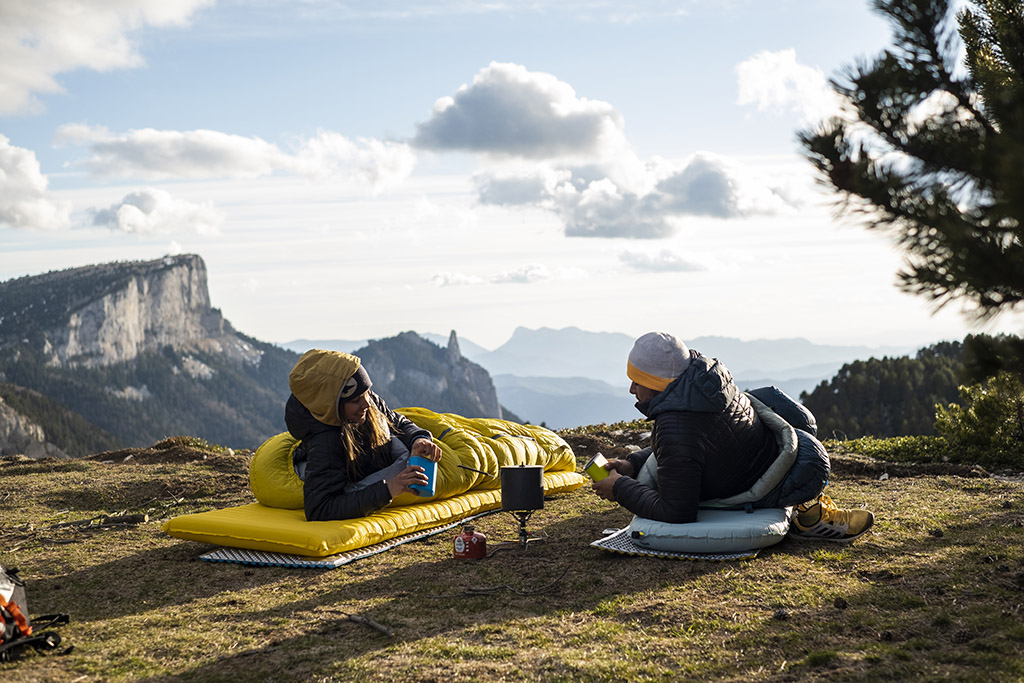
Important Thru-Hiking Gear Considerations
A heavy load puts strain on your joints as you walk, which is one reason why many thru-hikers are on an endless journey to slim down their thru-hike pack weight. Cutting your load can alleviate some of the stress you’re putting on your body and boost your comfort levels. However, there are some thru-hiking gear essentials that should be a staple part of your setup to keep you prepared for these extenuating circumstances:
Weather Hazards and Safety Precautions
On most thru-hikes, you can expect to experience a wide range of different conditions. Mountains are notoriously fickle, which means they often switch from sunny to stormy in a matter of minutes. In some places, high snow levels can also contribute to unpredictable river crossings and slippery conditions. For this reason, you should be sure to carry appropriate safety gear, a form of navigation, a shelter, and first aid supplies. Some also choose to equip themselves with a weather-tracking enabled GPS device to give themselves regular reports on the surrounding environment.
You can benefit from taking a look at the potential obstacles that lie ahead. Are you expecting to climb in elevation over the coming weeks? Are there extended alpine zones in your future? Is there a possibility that you’ll run into inclement weather ever again? Answering these questions can better prepare you to determine if or whether you could benefit from sending some of your gear home.
Damaged Gear
Everything is fine and dandy when your gear is working as intended. But what happens when a tent pole breaks, or you pop your sleeping pad? Since many thru-hikers spend most of their time in remote locations, damaged gear can not only be uncomfortable–it can be dangerous. This is another reason why ditching important gear, like your sleeping bag, could be a really bad idea
Your sleeping bag and sleeping pad work in tandem to keep your body insulated while you sleep. So, if you send one of those components home, you’re already intentionally reducing the potential warmth of your sleep system. You might swap your bag out for one with a different temperature rating, but it’s not an item that you should go without. Instead, consider a lighter one, or even an ultralight quilt combined with those extra layers at bedtime could be a great compromise. Additionally, don’t forget a patch kit and other repair items if you plan to be far away from civilization. This sets you up for success long before you’re faced common thru-hiking challenges.
5 Ways to Safely Reduce Thru-Hike Pack Weight
Sasquatch provides one extreme example of the strategies that some thru-hikers take to reduce their base weight. But you don’t necessarily need to send home valuable items like your sleeping bag to drop a few ounces from your pack. Instead, consider these strategies to lighten your load:
1. Focus On Your Big Three
The best time to set yourself up for success on your thru-hike is when you’re purchasing your big three items – your tent, sleeping bag, and backpack. These items typically account for the heaviest part of your base weight. Choosing lightweight options may save you from having to make difficult gear-trimming decisions down the line. The trick is finding the right ratio between lightweight, affordable and durable.
To hit ultralight numbers, I try to keep the combined weight of these three items below six pounds. This strategy gives me extra space for long resupplies and luxury items like a camp pillow when desired. While six pounds is my benchmark, you could still keep total pack weight below 25 pounds by keeping the big three items between 10 and 12 pounds, but with less room to spare.
2. Test Drive It
Once you’ve selected your gear system for your thru-hike, make sure to take it out for a few shakedown hikes. You’ll be doing this anyway to get in shape (right?) so use that gear and see if it works and how your thru-hike pack weight feels. This way, you can adjust things from the comfort of home and save yourself a lot of stress and discomfort on the trail
3. Choose Versatile Gear
Looking for ways to create multiple purposes for each piece of gear is one of the most efficient ways to carry less. For example, many hikers use a stuff sack full of clothes as a pillow, instead of a dedicated pillow. Not only does this system allow you to keep all of your clothes in the same place, but it also provides the comfort of a pillow without really carrying one.
4. Ditch Clothing & Optimize Your Layers
If you’ve already selected your big three items and you’re still looking for ways to cut thru-hike pack weight, look at your clothing choices. Many hikers bring too many shirts, not understanding how to properly insulate themselves when the temperatures dip low. In most cases, hikers benefit from carrying a base, mid, and outer layer. And each of these layers can be stacked to trap body heat.
Base layers are generally intended to wick moisture away from your skin, mid-layers are built for warmth, and the external layer is designed to keep the elements out. Optimizing your clothing layers can better prepare you to be ready for a variety of environments. If the temperatures rise or fall, you simply adjust your layers to regain comfort. Familiarizing yourself with this system is one of the best ways to keep yourself from carrying too much clothing.
5. Manage Food and Resupplies
Another good way to ditch a few ounces is by streamlining your resupplies. Many hikers carry too much food, forcing them to lug extra ounces or pounds around as they walk. Depending on the trail that you’re hiking, you may be able to stop more frequently to resupply, which would reduce the amount of food weight that you have to carry. You might also adapt your food choices to cut down on weight, swapping out heavier foods with dried goods and lightweight snacks. For example, lots of hikers carry items like instant mashed potatoes, dehydrated refried beans and ramen noodles because they’re lightweight, yet calorie dense.
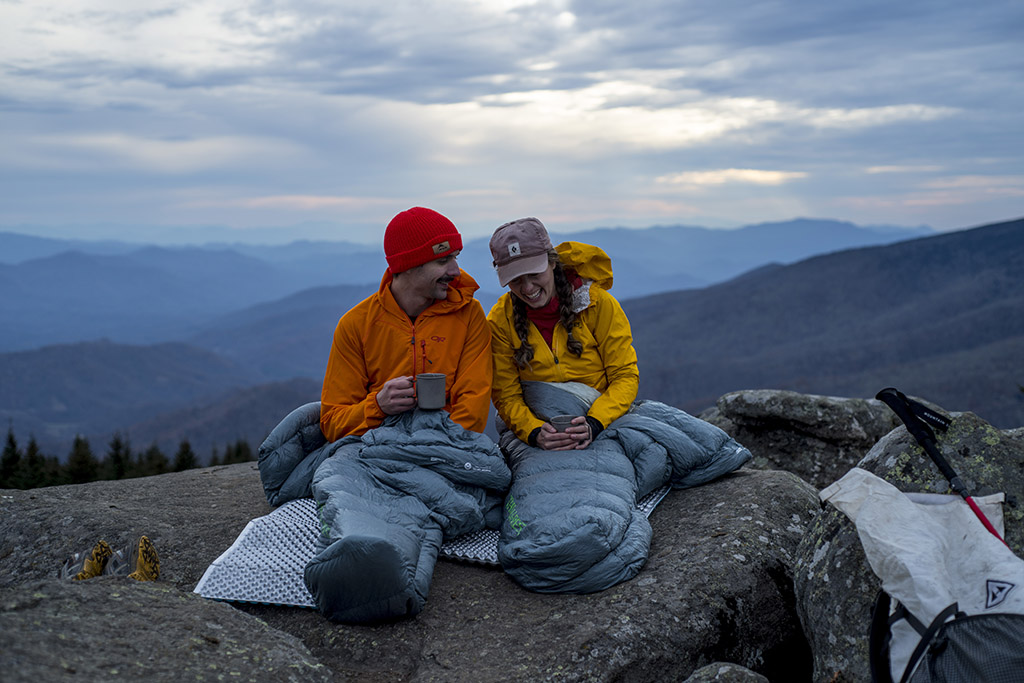
A Note About Mid-Hike Gear Adjustments
Thru-hikes provide beautiful opportunities for you to push your limits and experience comes by the bucketload. As you evolve and learn about backcountry comfort and what you like and dislike in your kit, you are likely to shift your gear to accommodate your needs. While it’s virtually inescapable to make mid-trail gear adjustments, know that once you’re in the backcountry, opportunities to change your system are harder to come by and often pricey.
One good way to make changes smoother and less expensive is to work with someone at home who can help you make gear exchanges. This allows you to swap gear out instead of completely ditching it.
Don’t be afraid to make adjustments on the trail or pare-down your thru-hike pack weight at every opportunity. That’s just part of being on the trail for months at a time. However, allow yourself a margin of safety by staying prepared for the unexpected and you’ll get to keep walking and enjoying your thru-hike.
Related Posts:
